Broadleaved Evergreens in Zone 4
tom_mn
16 years ago
Related Stories
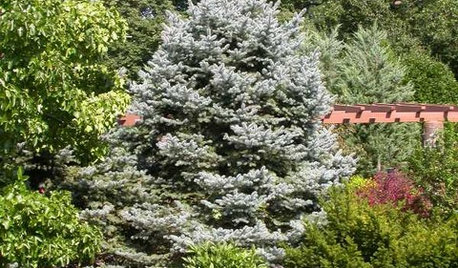
LANDSCAPE DESIGN10 Evergreens for Beautiful Foliage All Year
Give your landscape consistent color and structure with the emeralds, chartreuses and blues of evergreen trees and shrubs
Full Story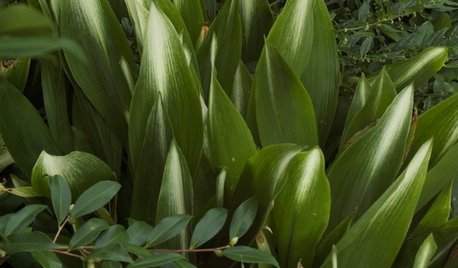
LANDSCAPE DESIGN7 Evergreen Wonders of the Plant World
Year-round interest, structure and beautiful color? These top-notch evergreens have gardens covered
Full Story
GARDENING GUIDES8 Deer-Resistant Elegant Evergreen Shrubs to Plant This Fall
Who knew that such beautiful shrubs could be deer-resistant?
Full Story
LANDSCAPE DESIGNWarm Up Your Home With an Evergreen Windbreak
Plant tall trees for more warmth in winter, serenity in summer and good looks all year long
Full Story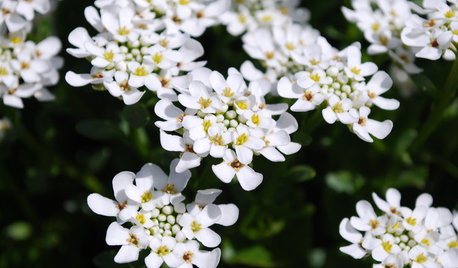
GROUND COVERSGreat Design Plant: Evergreen Candytuft for Glossy Winter Foliage
Keep your garden green through frosty days with this woody subshrub — then delight in sparkling white flowers come spring
Full Story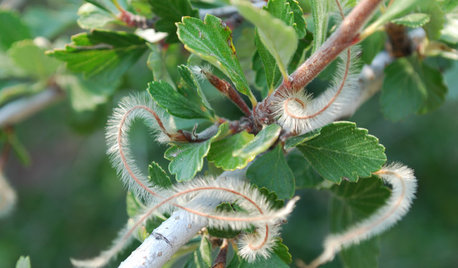
GARDENING GUIDESGreat Design Plant: Curl-Leaf Mountain Mahogany, an Easy Evergreen
Use it as an accent plant or mass it as a screen; this pine and spruce alternative is a hard worker in dry, cold climates
Full Story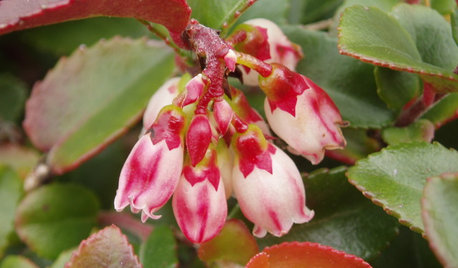
GARDENING GUIDESGreat Design Plant: Evergreen Huckleberry Appeals All Year
Spring flowers and summer berries are only half the story with Vaccinium ovatum, a versatile Pacific Northwest native plant
Full Story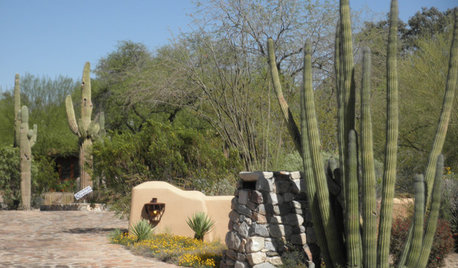
SOUTHWEST GARDENINGUnderstanding the American Southwest's Three Main Climate Zones
If you live in one of the arid or semiarid regions of the U.S. Southwest, this gardening zone guide is for you
Full Story
COLORTime to Step Out of Your Color Comfort Zone?
If you always seem to pick warm tones, or you stick to the cool ones, bucking your natural inclination could bring new energy to a room
Full Story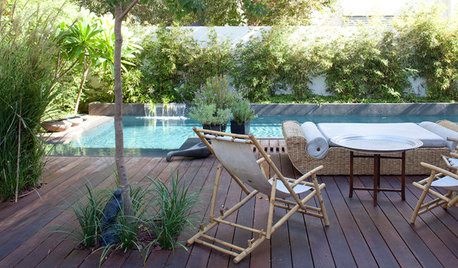
GARDENING AND LANDSCAPING10 Great Outdoor Chill Zones
Whether you have a huge poolside deck or a sliver of a patio, these ideas will kick stress to the curb all summer long
Full Story





leftwood
tedb_threecedarfarm
Related Professionals
Folsom Landscape Architects & Landscape Designers · Saint Louis Park Landscape Architects & Landscape Designers · Garden City Landscape Architects & Landscape Designers · Finneytown Landscape Architects & Landscape Designers · Stamford Landscape Contractors · Wilmington Landscape Contractors · Belmont Landscape Contractors · Bound Brook Landscape Contractors · Chesapeake Ranch Estates Landscape Contractors · Damascus Landscape Contractors · Ellensburg Landscape Contractors · Elmhurst Landscape Contractors · Fishers Landscape Contractors · Old Saybrook Landscape Contractors · Rochester Landscape Contractorstom_mnOriginal Author
glen3a
leftwood
Julie
alzypelican
kms4me